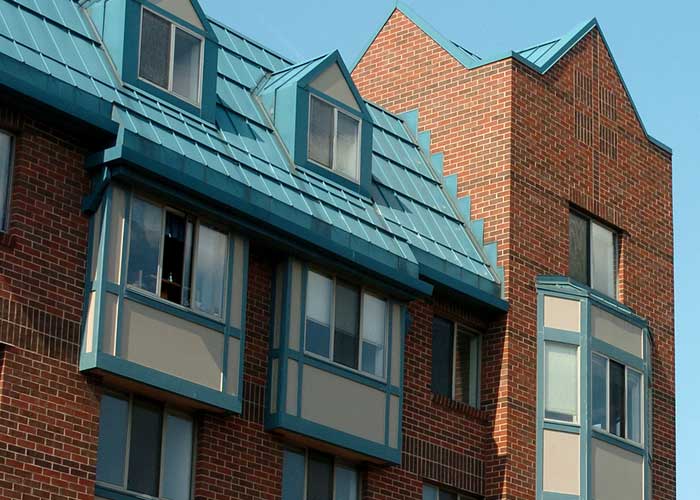The University Apartments Office recognize both the academic and career opportunities that students seek out during the college years, along with the transitional nature of housing and apartment living as they proceed from home, to campus, and eventually from campus.
Therefore, the University Apartments offer flexible leasing in a number of different forms. These options vary by building, by students' situations, and by apartment type. This guide will help students navigate these ins-and-outs, but students and parents can always contact our office for information on specific situations.
Please remember, changes in academic plans do not provide an exemption to fulfilling the legal obligations of the lease. We encourage students to proactively make their leasing plans to fit their academic pursuits. If changes are needed after a lease is signed, subletting is typically the best option.
Flexible-Length Leasing
We encourage students to sign only for the amount of time that they are certain they will be leasing. Extending a lease is typically possible after the fact; shortening a lease is only possible via subletting.
Flexible length leasing is available in every apartment, but varies by building:
|
Apartment Building
|
Possible Lease Lengths
|
Start*
|
End
|
|
Campus Town, Gilman, Frenn, McCabe
|
Academic Year
Full Year
Fall Semester
Summer-Fall
|
Aug 16
June†
Aug 16
June
|
May 31
May 31
Dec 31
Dec 31
|
|
The Marq
(rates may vary, depending upon length)
|
Academic Year
Full Year
Fall Semester‡
Summer-Fall‡
|
Aug 1
June
Aug 1
June
|
May 31
May 31
Dec 31
Dec 31
|
| |
*Typical lease dates indicated. Actual move-in dates may vary slightly. Early move-ins and late move-out extensions are accommodated when possible.
|
†Summer leasing start dates are dependent upon existing leasing circumstances.
|
‡Limited availability of semester leases at The Marq; short-term leases at The Marq are not guaranteed; short-term leases are billed at the 10-month rate
|
| |
We recognize that there is much lower demand for apartment living during the summer months, which is why the above leasing options are possible.
The overall leasing period runs from June to May - with the highest demand for the fall semester, since this most closely aligns with the academic calendar. For any student planning on making an apartment booking during the Apartment Selection Process, we required them, at the minimum, to sign for the fall semester. Moreover, we encourage students to talk with their roommates about their leasing terms, in order to ensure that everyone understand the implications of one anothers leasing plans.
Finally, lease length is determined at the time of lease signing - not during the online booking process.
Extending a semester lease:
While most students choose and Academic Year lease and move in during the fall semester, we encourage students only to sign a lease for the terms of which they are certain they need housing.
While the fall semester is the minimum lease length required for flexible leases, students can typically extend their lease at a later date:
- A summer lease (preceding the fall semester for which a student is already renting) can typically be added as late as April.
- A spring lease (following the fall semester for which a student is are already renting) can typically be added as late as October.
Summer / Spring Leasing
Summer
- As the standard leasing period runs from June to May, summer leasing is available to students during the summer preceding the regular academic year / fall semester.
- Any student wishing to extend a lease from spring through the following summer may be allowed to do so, pending eligibility and availability.
- The University Apartments do not offer summer-only leases.
Please see the Summer Leasing page for more information.
Spring
Students interested in a spring-only lease in the University Apartments can apply online. Spring availability is typically determined during October and November.
Additional Information
Flexible leasing options are closely interwoven with the individual leasing options and the summer leasing options. We recommend viewing the following pages for additional context:
